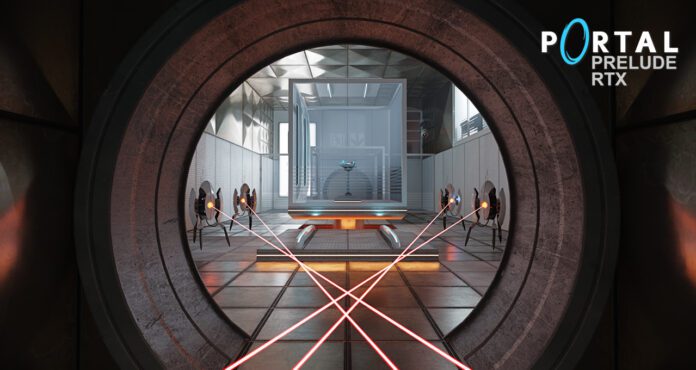NVIDIA
New ASUS TUF Gaming F17 laptop: Buy it at a jaw-dropping...
ASUS TUF Gaming F17 laptop features a 17.3-inch screen with a crystal-clear resolution of 1920 x 1080 pixels, ensuring an immersive visual experience whether...
Portal: Prelude RTX is now available with Ray tracing & DLSS...
Recently, NVIDIA introduced a new version of the game Portal called Portal: Prelude RTX. It's now available as a free download on Steam for...
DLSS 2 Games Are Flooding the Market
The number of games with DLSS 2 support is growing rapidly, with three new games being released in the next two weeks. Testament: The...
GeForce RTX 4060 launched for $299: Available Now with New Game...
The highly anticipated GeForce RTX 4060 is now in stock and can be purchased from leading retailers and online stores, starting at a competitive...
Ada Lovelace GPUs will reportedly be getting its successor
Nvidia Ada Lovelace GPUs will soon be getting its successors. The green team has updated its roadmap outlining the company's next-generation products, including the...
DLSS Momentum Soars with Unreal Engine 5.2 Plugin Release
The momentum of NVIDIA DLSS (Deep Learning Super Sampling) is already blazing, and it just reached new heights with the launch of the DLSS...









